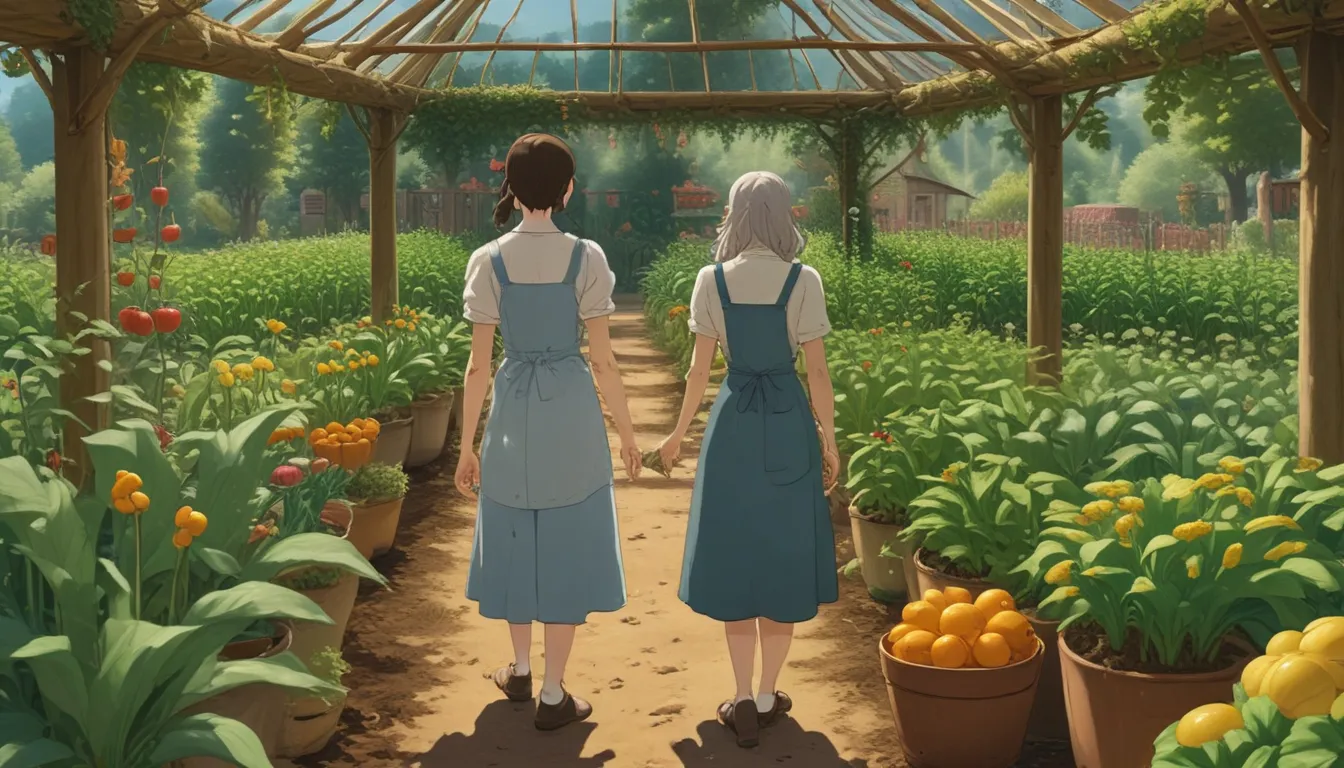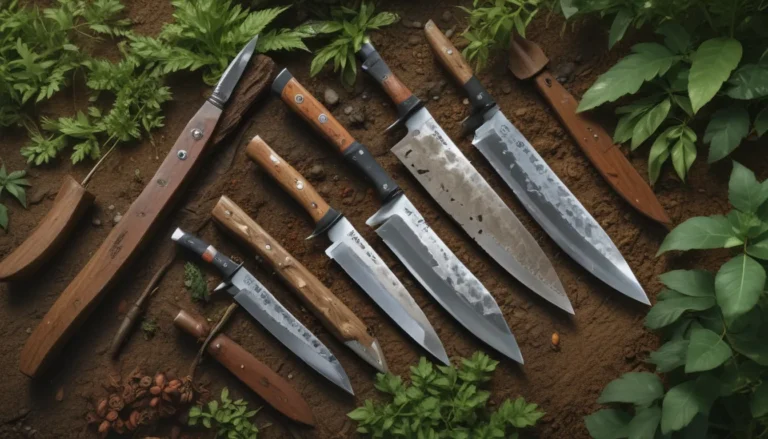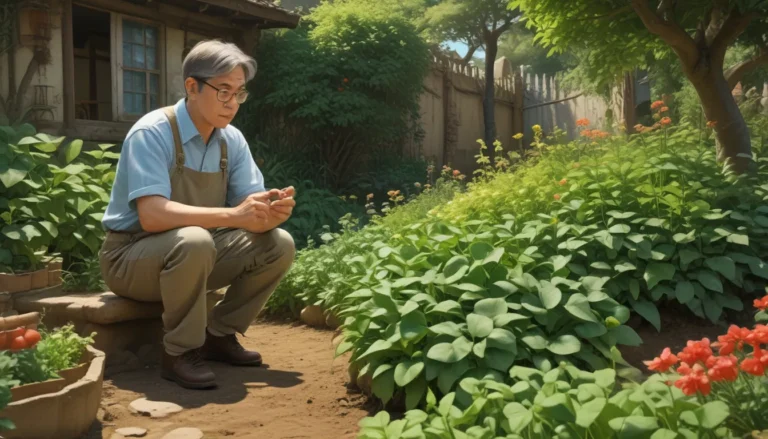Cultivating a Thriving Three Sisters Garden: The Art of Growing Beans, Corn, and Squash Together

If you’re looking to dive into the world of sustainable gardening and explore a profound Native American tradition, cultivating a three sisters garden might just be the perfect journey for you. This unique gardening technique involves growing corn, beans, and squash together in a harmonious and complementary manner. Not only does it bring satisfaction from nurturing these crops, but it also creates a thriving harmony within your garden.
Get ready to embark on this exciting gardening adventure! But before you jump in, let’s take a closer look at what you’ll learn in this comprehensive guide:
What You’ll Learn
- What Is a Three Sisters Garden?
- Cultivation and History
- Preparing the Planting Area
- How to Grow
- Harvest
What Is a Three Sisters Garden?
Contrary to what the name might suggest, a three sisters garden doesn’t involve a group of sisters tending to the land together. Instead, it refers to an intercropping technique where corn, beans, and squash are planted at the same time in the same growing area. This practice symbolizes a harmonious partnership among these three crops, each playing a vital role in supporting one another.
In the tradition of three sisters gardening, corn acts as a sturdy pole for beans to climb, providing natural support. The pole beans, in return, contribute nitrogen to the soil and utilize the corn stalks for climbing. Meanwhile, the sprawling squash plants serve as a protective ground cover, conserving soil moisture and suppressing weeds. Together, these crops create a balanced and thriving ecosystem in your garden.
Cultivation and History
The three sisters agricultural technique traces its roots back to indigenous Native American tribes and is believed to have originated in Mesoamerica. Over time, it became a widespread practice among various indigenous communities, including the Mandan, Pueblo, Haudenosaunee (Iroquois), Cherokee, and tribes in the Northeast, Southeast, and Midwest regions.
One of the most well-known versions of the three sisters legend comes from the Iroquois Confederacy, where Mother Earth gave birth to three sacred plants: corn, beans, and squash. These plants symbolized sustenance and life, providing vital nourishment for generations to come. The Iroquois cultivated the three sisters for centuries before European settlers arrived in America in the early 1600s.
Preparing the Planting Area
Before you start planting your three sisters garden, it’s essential to begin with thoughtful planning and soil preparation. Conduct a soil test, clear the area of grass and weeds, and ensure good drainage and soil structure. Aim for a slightly acidic to neutral pH range to accommodate the preferences of corn, beans, and squash. Consistent watering is also crucial for the success of your garden, so keep a steady water supply of at least one inch per week throughout the growing season.
If you’re a bit of a lazy gardener like me, consider using an efficient approach to prepare your garden area. Lay down cardboard to clear unwanted vegetation, create raised mounds for planting, and start growing in late spring to early summer. Remember to choose a sunny site with six to eight hours of direct sunlight and start planting when nighttime temperatures stay above 50°F.
How to Grow
When it comes to growing your three sisters garden, start by soaking corn and bean seeds overnight before planting. Sow corn seeds in the middle of the mound, plant pole beans in a circle around the corn, and sow squash seeds along the outer edge of the mound. Thin out the seedlings as they grow and guide the beans to climb the corn stalks gently.
Select corn varieties like dent, flint, or flour corn for your garden, and consider heirloom varieties that add beauty and diversity to your plot. Be mindful of spacing and depth while planting beans and squash, and encourage them to grow and spread naturally in your garden. Remember to harvest corn, beans, and squash at the right time for the best flavor and quality.
Harvest
In autumn, harvest corn when the silk is dry and dark brown, and pick beans fresh when pods are firm in the late morning. You can let beans dry on the vine for later use or harvest them fresh for immediate consumption. Summer squash can be harvested when small or large, while winter squash should be picked when the skin hardens in autumn. Be cautious not to damage the stem while harvesting to prevent rot during storage.
Three Sisters Gardening: A Tradition
Cultivating a three sisters garden is not just about growing crops – it’s about immersing yourself in a tradition that has sustained communities for centuries. As you witness the harmony among corn, beans, and squash in your garden, you’ll discover a story of interdependence, resilience, and abundance. Whether you’re a seasoned gardener or just starting out, consider embracing this gardening technique for a bountiful and sustainable harvest that transcends generations and cultures.
Have you tried three sisters gardening in your backyard? Share your insights and stories in the comments below – we’d love to hear from you!
To delve deeper into the world of vegetable gardening, check out these articles next:
- How to Plant and Grow Sweet Corn at Home
- How to Plant and Grow Green Beans
- Learn How to Plant and Grow Scrumptious Summer Squash
Embark on your three sisters gardening journey today and experience the joy of cultivating a thriving and resilient garden!





